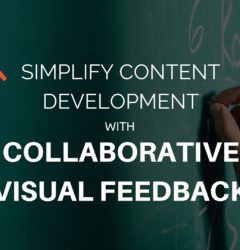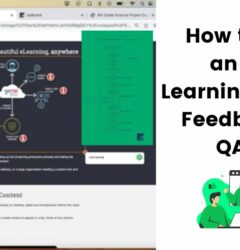Into The E-Learning World with Andy Petroski
20 Jun
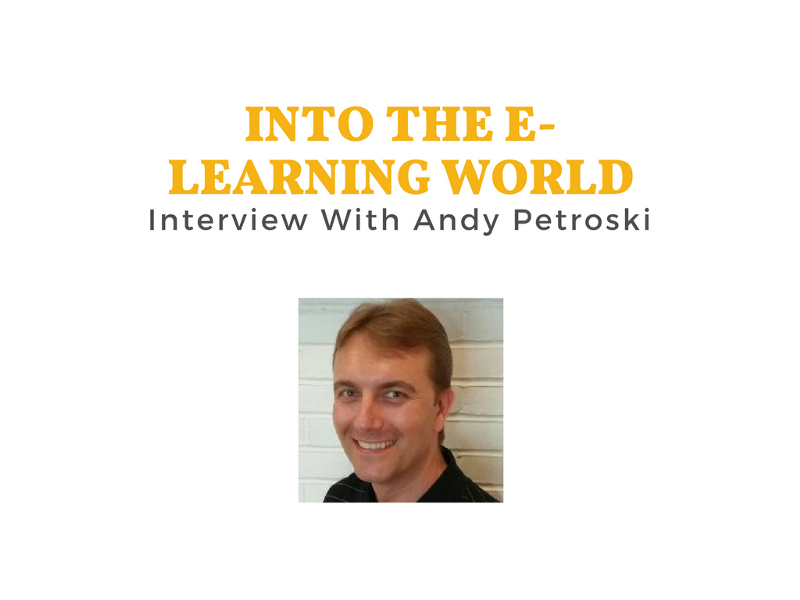
Table of Contents
ToggleAndy Petroski has been working in the digital learning domain for close to two decades, working in a variety of roles ranging from instructional designer and multimedia producer to project manager and now, as Senior New Product Development Consultant for the Harrisburg University of Science and Technology & as a Partner at Allegro Learning Solutions.
We talked to him about his product cycle, approach to new learning techniques, his upcoming talk on learning gamification, and how zipBoard helps his team speed up their workflow.
Can you give us a brief description of yourself and your organization/work?
Andy: “I have more than 19 years of eLearning and online learning design and development experience, I have designed and developed technology-based learning experiences in education, corporate learning, multimedia production firms, and independent consulting environments.
Allegro Learning Solutions supports global education and skill development by partnering with organizations to design engaging learning solutions and distribute them to international audiences.”
How does your background in Instructional Design help in your role as a Product Development Consultant?
Andy: “A focus on the learner is key to the role; as is a focus on the user a key element for a Product Development Consultant. Organizational analysis as an instructional designer also supports seeing the big picture as a Product Development Consultant. The big picture creates an awareness of how the product will impact the overall ecosystem and a learner/user focus ends in a commercially viable user experience.”
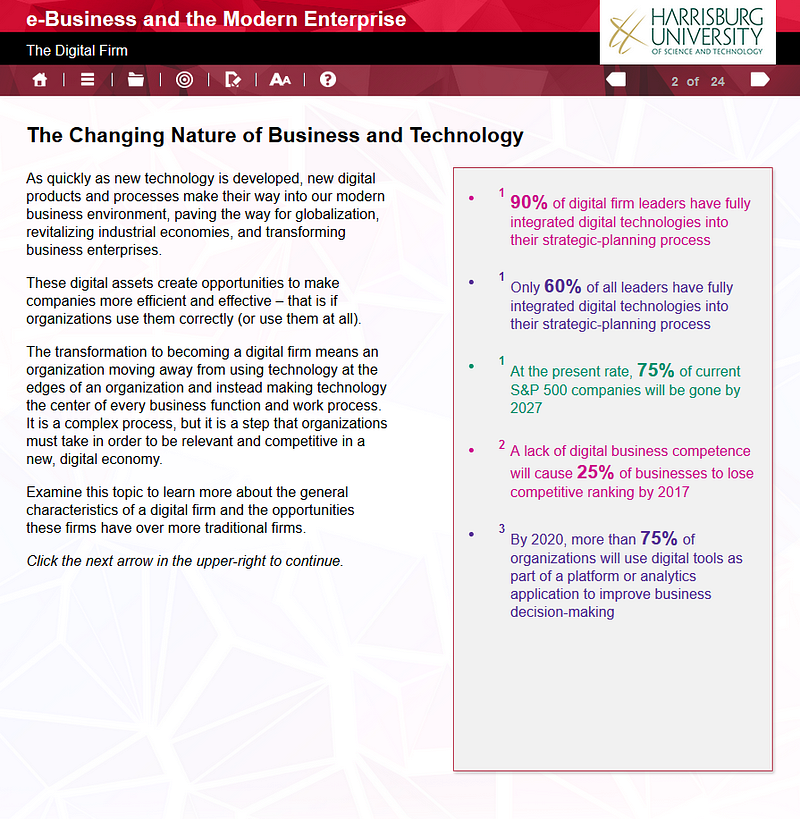
How is your team set up and what is the typical workflow?
Andy: “I am currently working in a virtual team in all aspects of the product life cycle. The team is a mix of contractors and partners (including a university partnership). The product creation/production workflow primarily follows a waterfall approach, but product management is driven by an Agile-like approach with quarterly releases to the curriculum/product.”
How has zipBoard helped improve your workflow?
Andy: “zipBoard allows us to easily gather feedback from many distributed stakeholders. Edits are captured in a detailed format that clearly identifies the edit and tracks its status. This dramatically improves the quality assurance and editing workflow as well as allowing feedback from many reviewers without the headache of managing edits notes in Excel, Word, and email.”
What are the challenges you encounter concerning designing products and programs for learning?
Andy: “SME feedback is probably the biggest challenge along with the overall timeline for creating engaging learning content.”
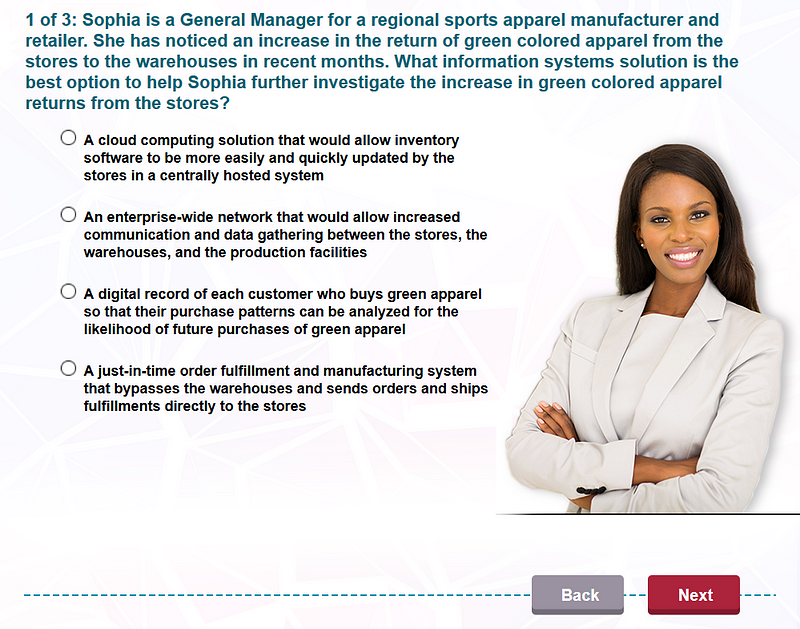
What is your product cycle like, right from strategy to final implementation?
Andy: “The product life cycle follows a traditional software development life cycle in general. Specifically, the design and development cycle is as follows:
- Create course objectives
- SME and sponsor feedback/revise
- Create a curriculum outline
- SME and sponsor feedback/revise
- Create curriculum objectives and generalized assessment questions
- SME feedback/revise
- Create a storyboard plan
- SME feedback/revise
- Create a storyboard
- SME feedback/revise
- Develop
- SME feedback/revise
- QA feedback/revise
- Implementation testing / revision
How do you see eLearning delivery techniques and audience requirements evolving?
Andy: “As an industry, there is a movement toward more video-based learning and microlearning. Personally, my design focus is immersive, active learning. Audiences are becoming more discerning about quality and experience. Regardless of the learning format or the timeframe, a focus on the learner experience is key.”
In strategizing product development in eLearning, what avenues do you think can shorten the time-to-market for these products?
Andy: “Focusing less on content presentation and more on learner immersion into scenarios and case studies (mocked-up or real) can make better use of design and learner time. Creating small segments of eLearning that can be strung together into a larger course or taken independently, enabling SMEs to become part of the eLearning writing, iterative design and development cycles (rapid prototyping), and dripping content to learners until a full course is available are some ways to shorten the time-to-market.”
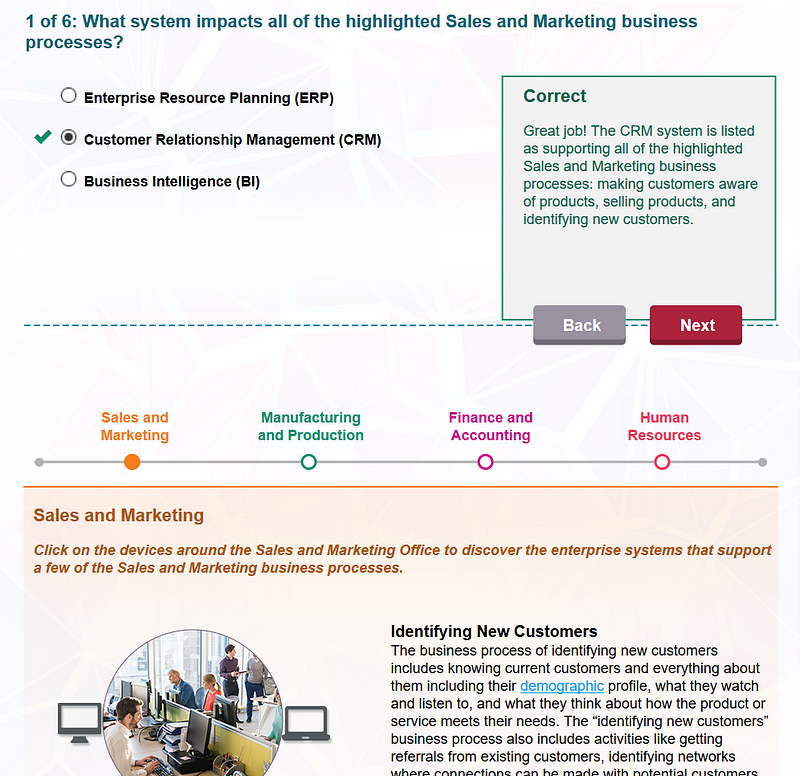
You’re giving a talk on alternate-reality technologies and the role of gamification at the Realities360 conference. Can you tell us about that?
Andy: “We’ll be presenting concepts from our book — Alternate Reality Games: Gamification for Performance. The session will explore a variety of mixed media experiences that you can use to achieve immersive learning goals with any type of budget and timeline. It can be overwhelming for learning organizations to think about how to go from creating eLearning to developing complex virtual reality experiences. However, other immersive learning options are considered: alternate reality games (ARGs) and mixed reality. These solutions can bridge the gap between the way learning is currently developed and new methods, providing an incremental entry into immersive learning.”
This interview with Andy is part of zipBoard’s series to better understand the world of eLearning development. For more such interviews, read them here.
Request Demo
Request a personalized demo of zipBoard to review projects and share feedback in a matter of seconds with no installation or setup needed.
Get DemoRecent Posts
- MEP Document Management: How to Streamline Reviews & Avoid Rework October 3, 2025
- What Is Online Proofing Software? And Why Content Review Breaks Without It July 11, 2025
- How Laerdal Medical Cut eLearning Review Time by 50% with zipBoard’s Visual Review Tool July 9, 2025
- Why Your Team Needs a Content Feedback System (Not Just Comments in Docs) May 28, 2025
- Content Approvals Are Slowing You Down — Here’s the Fix May 26, 2025
©️ Copyright 2023 zipBoard Tech. All rights reserved.
